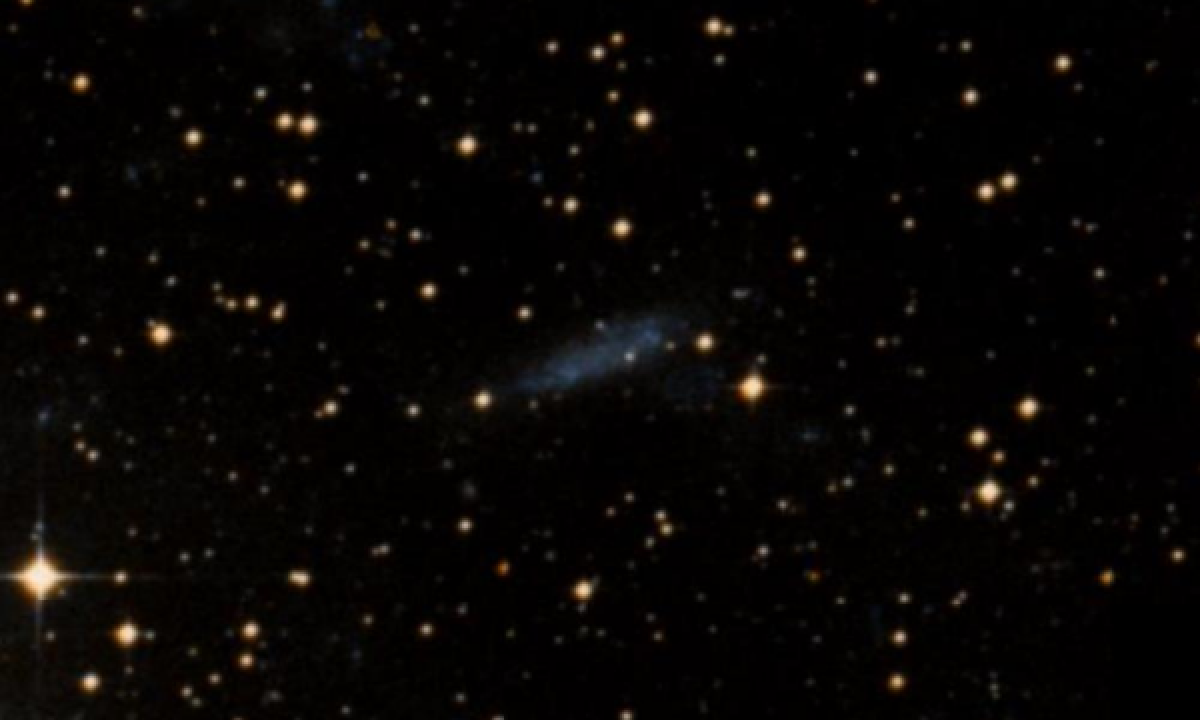The New General Catalogue of Nebulae and Clusters of Stars (abbreviated as NGC) is a catalogue of deep-sky objects compiled by John Louis Emil Dreyer in 1888. The NGC contains 7,840 objects, known as the NGC objects. It is one of the largest comprehensive catalogues, as it includes all types of deep space objects, including galaxies, star clusters, emission nebulae and absorption nebulae.
Know more about NGC
NGC 6744

NGC 6744 (also known as Caldwell 101 or the Pavo Galaxy) is an intermediate spiral galaxy in the constellation Pavo (Peacock). Its velocity with respect to the cosmic microwave background is 802 ± 3 km/s, which corresponds to a Hubble distance of 38.6 ± 2.7 Mly (11.82 ± 0.83 Mpc). However, 21 non redshift measurements give a distance of 23.63 ± 1.68 Mly (7.244 ± 0.514 Mpc). It was discovered on 30 June 1826 by Scottish astronomer James Dunlop, observing from Parramatta, Australia. One of the largest spiral galaxies in the local universe, NGC 6744 is considered a Milky Way mimic in the immediate vicinity, displaying remarkable star formation, flocculent (fluffy) arms, and an elongated core. It has at least one distorted companion galaxy (NGC 6744A) superficially similar to one of the Magellanic Clouds. NGC 6744 is a LINER galaxy, i.e., its nucleus has an emission spectrum characterized by broad lines of weakly ionized atoms. The galaxy has an active galactic nucleus (AGN) of low luminosity. NGC 6744 lies within the Virgo Supercluster.
More Images:

Sources:
Wikipedia Page: NGC 6744
NGC 6744 at In-The-Sky website
